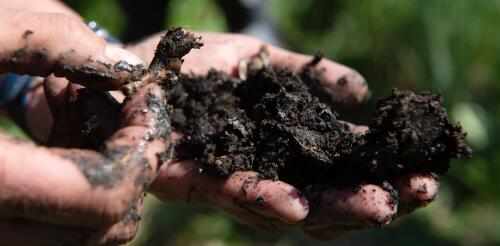Human history
In July 2024, all eyes will turn to Paris for the Summer Olympic Games. Spectators from around the globe will converge on the City of Light to watch athletes compete and to soak in the culture, romance and history of one of the world’s most recognizable cities. But an iconic Paris landmark, the Notre Dame cathedral, will still be under renovation after a devastating fire that ignited in the cathedral and burned for 12 hours on April 14, 2019. When the last embers were extinguished, most of Notre Dame’s wood and metal roof was destroyed, and its majestic spire had vanished, consumed by flames. Notre Dame is nearly 1,000 years old and has been damaged and repaired many times. Its last major renovation was in the mid-1800s. The massive beams that framed the structure were fashioned from European oak trees harvested 300 to 400 years ago. Today, these trees are common throughout north-central Europe, but few are tall enough to replace Notre Dame’s roof lattice an...
At first glance, the connections between the world’s growing population and climate change seem obvious. The more people we have on this planet, the larger their collective impact on the climate. However, a closer look with a longer time horizon reveals relationships between population size and climate change that can help us better understand both humanity’s predicament as the global population hits 8 billion people – a milestone the United Nations marked on Nov. 15, 2022. Looking back to the Stone Age For much of human evolution, our ancestors were exposed to large climatic fluctuations between ice ages and intermittent warmer periods. The last of these ice ages ended about 10,000 years ago. Before the ice sheets melted, sea levels were about 400 feet (120 meters) lower than today. That allowed humans to migrate around the world. Everywhere they went, our ancestors reshaped landscapes, first by clearing forests and then through early agricultural practices...

